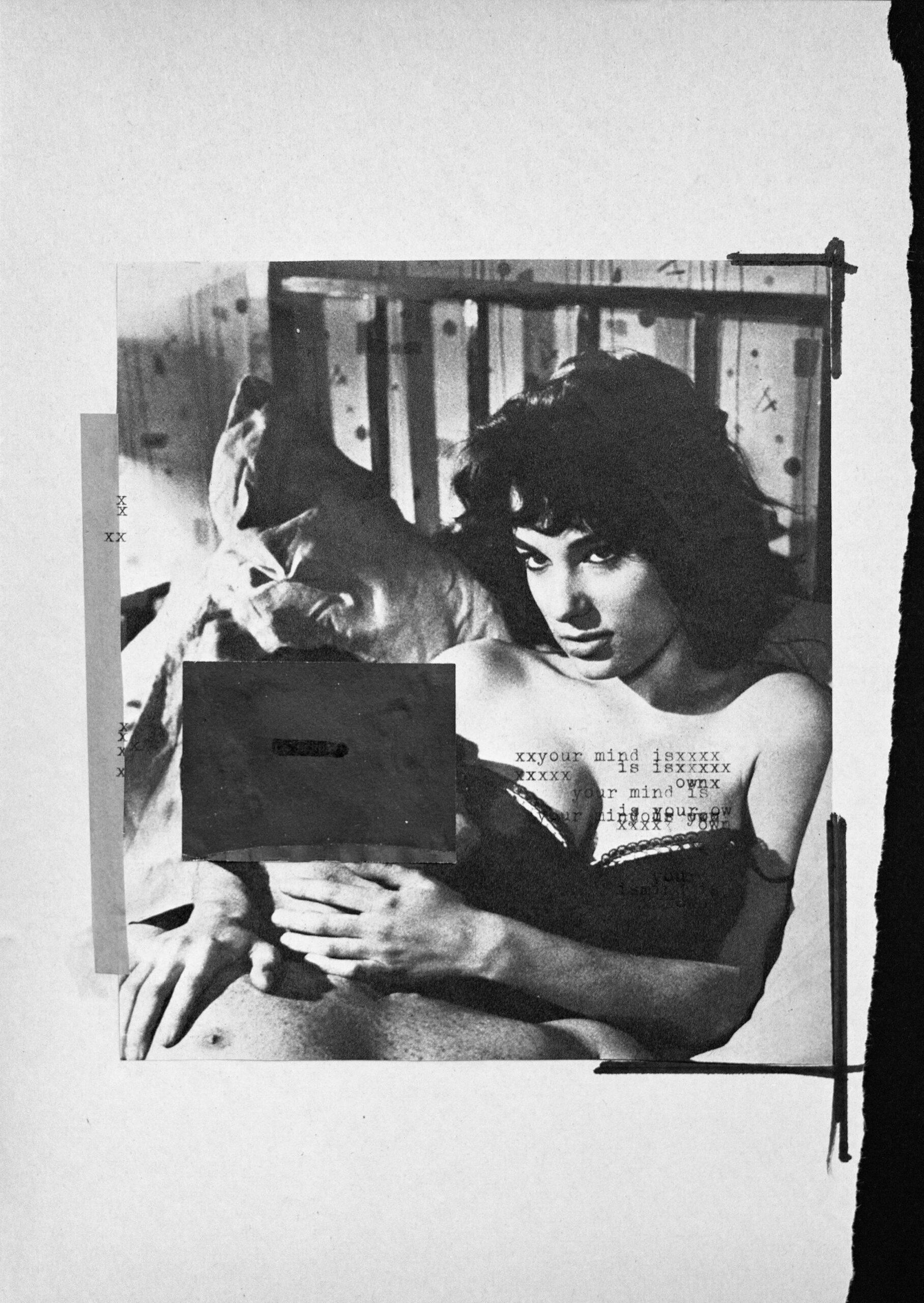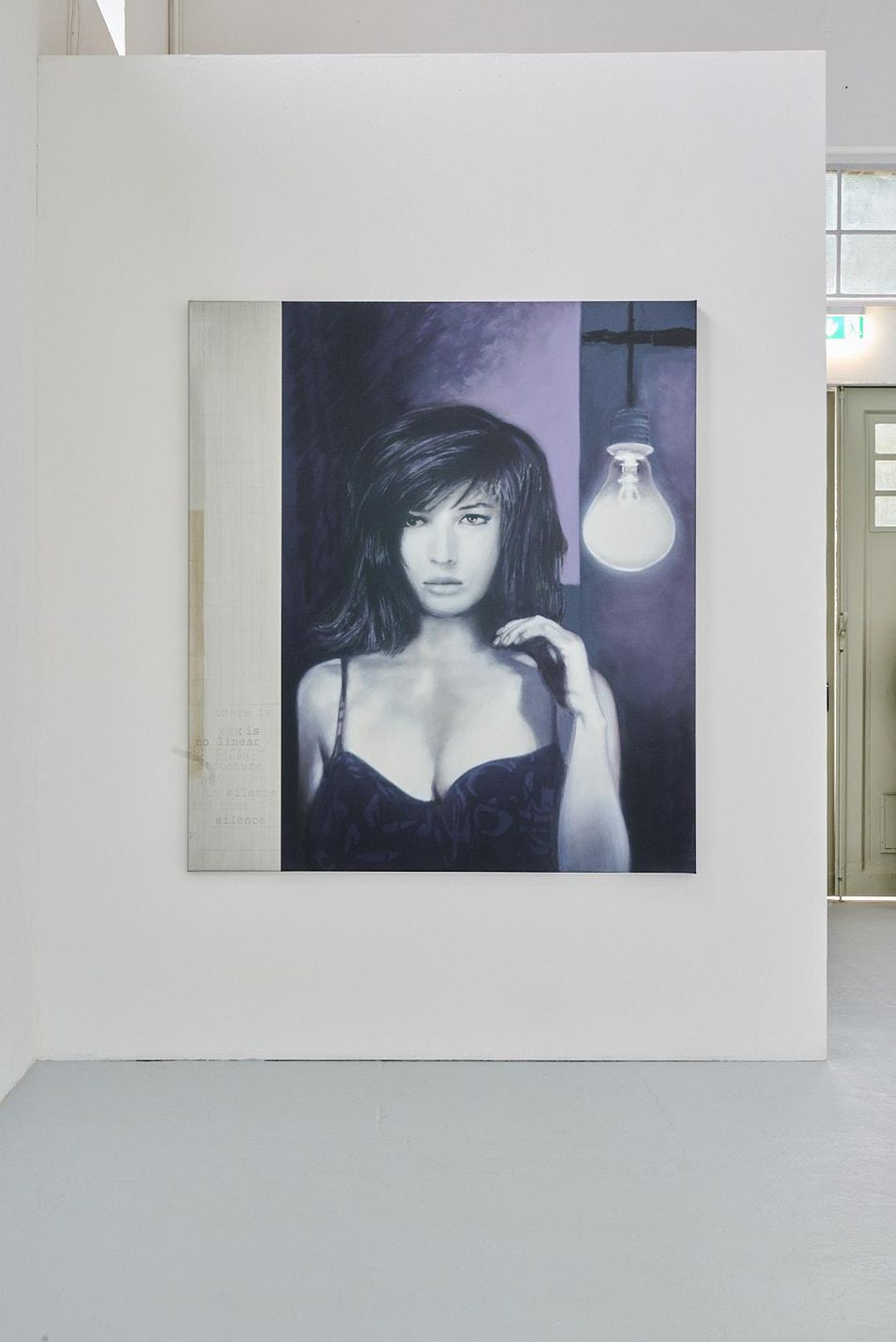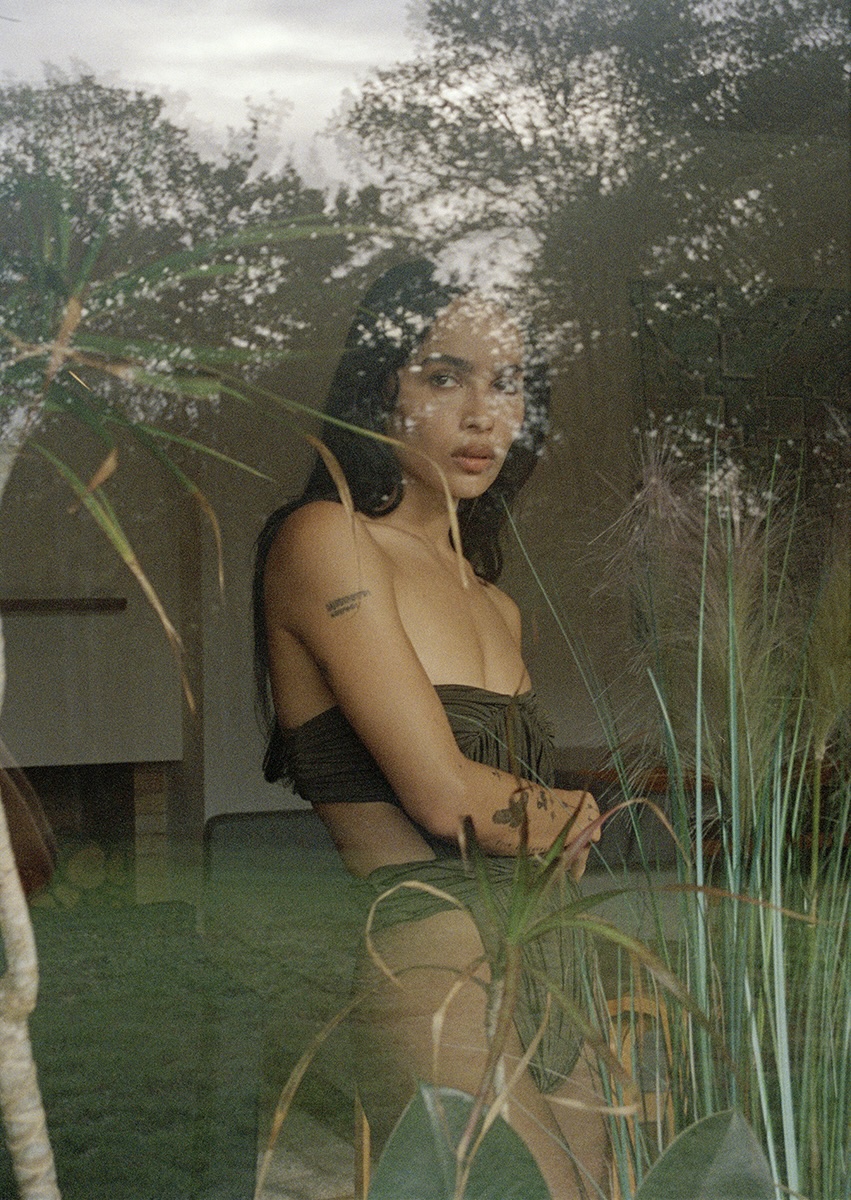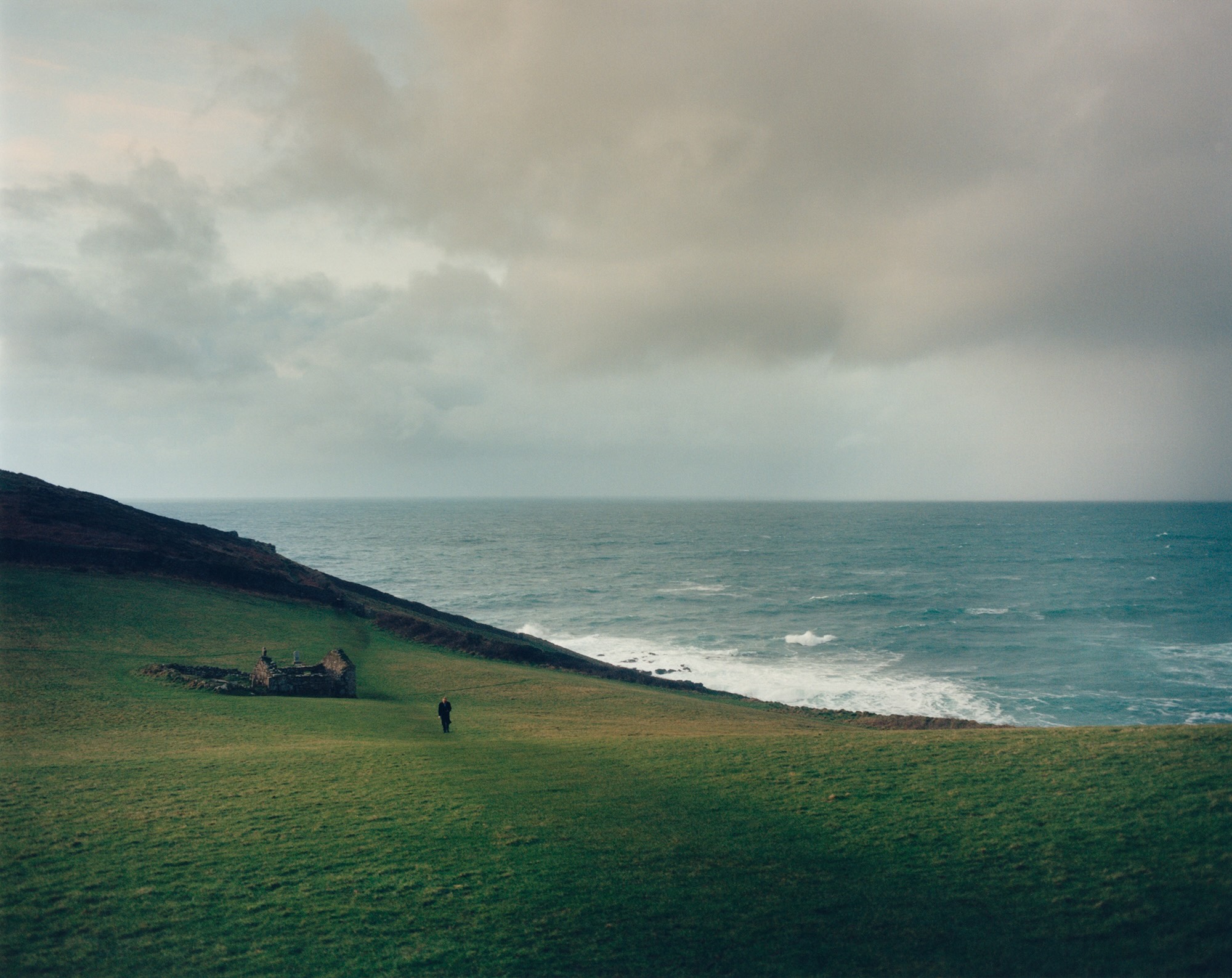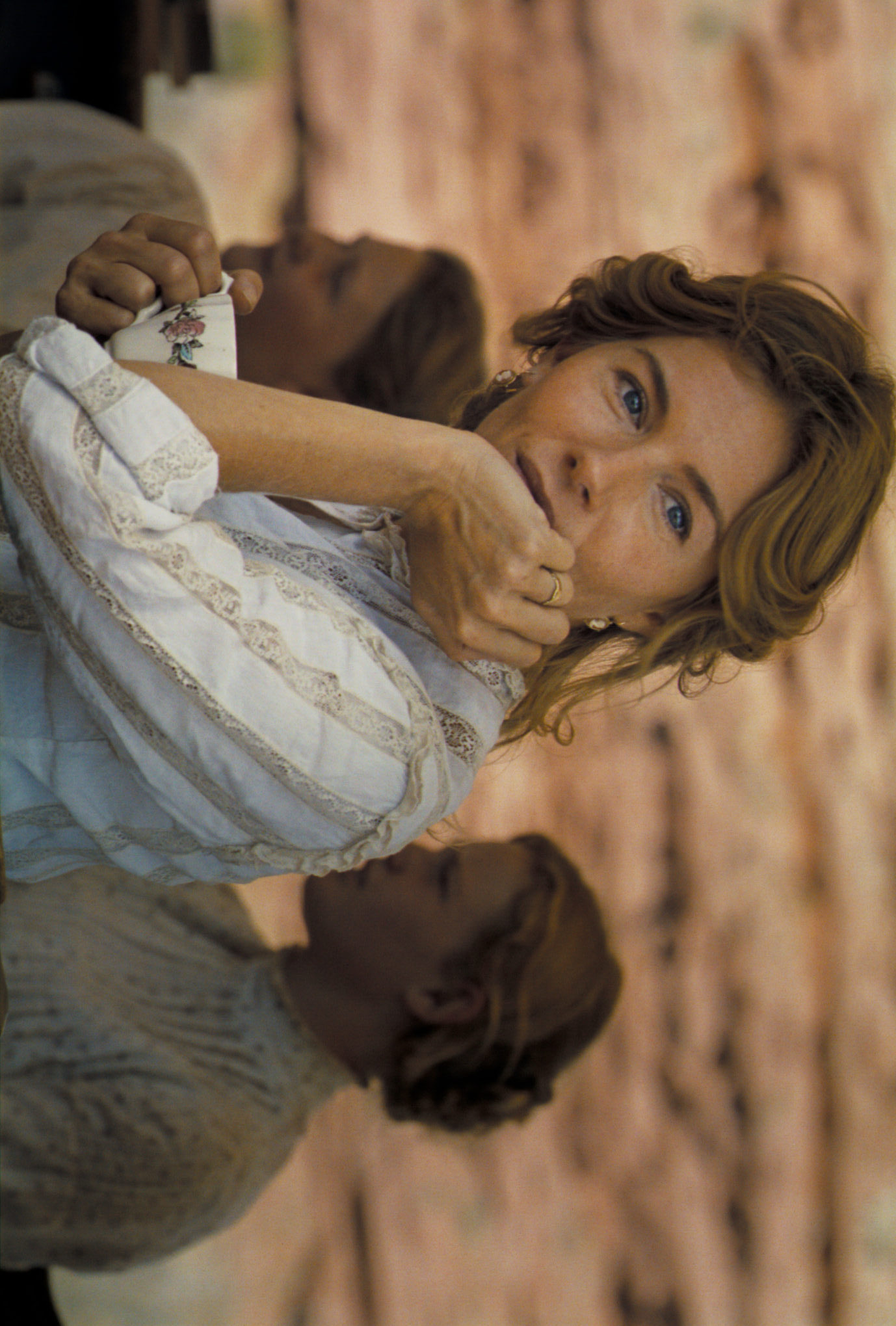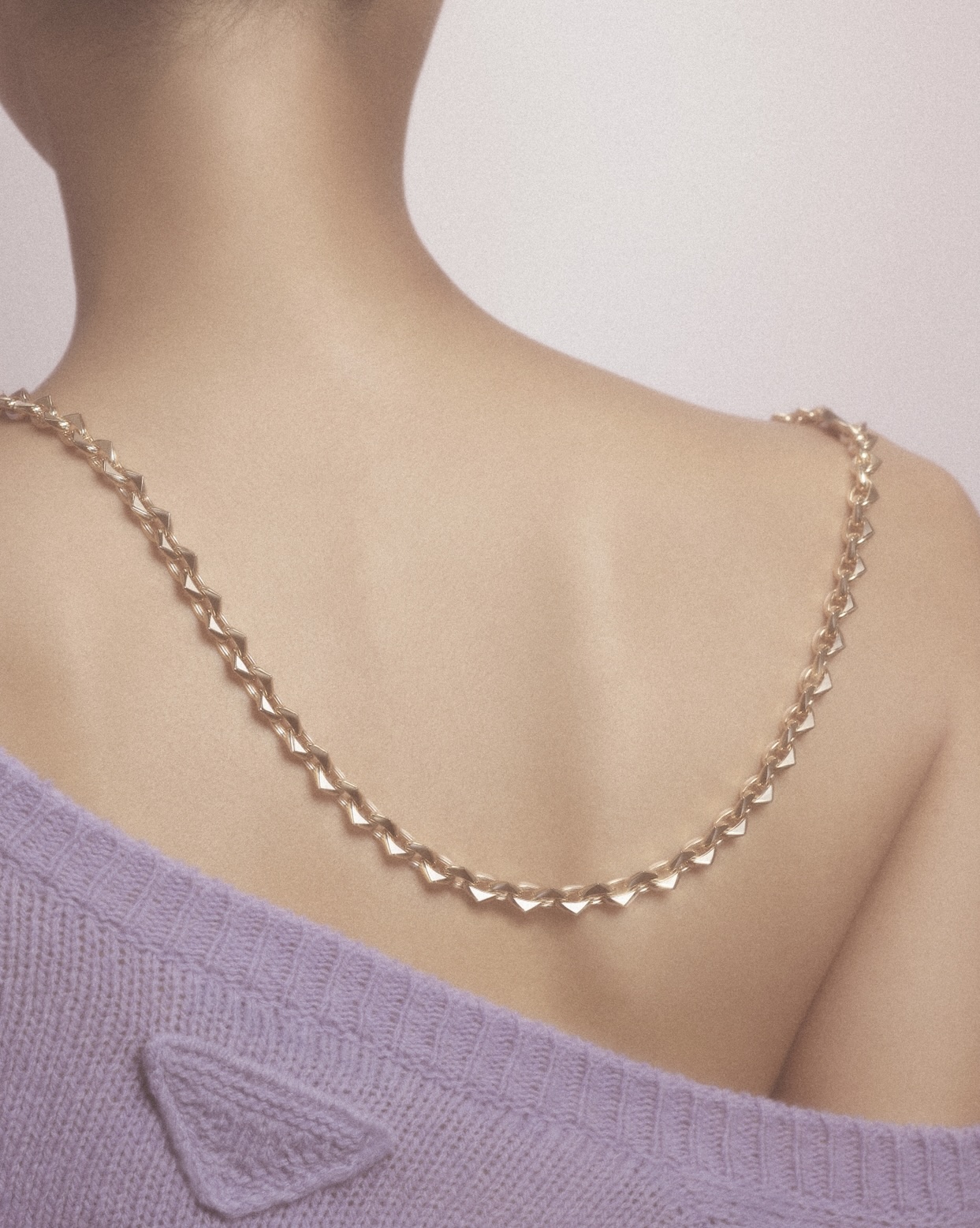In Astrid Klein’s early works, created between 1974 and 1977, symbolic, mythological, and erotic imagery is combined with handwritten texts. This theme remains predominant throughout her body of work: a reflection on how the interaction between words and images determines our perception. In Klein’s work, the image is always a conglomerate of uncertainties—connected, modified, cut, engraved, obscured by multiple exposures. The text is never presented as a clear thread of meaning but rather as a fragment that self-annuls from time to time, a ruin of words whose synapses extend in all directions without finding solid ground. The German artist’s work consistently engages with the role of women in society, ideas of success and failure, intercepting her numerous interests in literature, cinema, philosophy, perception theory, and neuroscience. Collage is Klein’s primary expressive medium, and her large-scale mural works combine random images with her own texts or quotations from scientific research to illuminate suppressed aspects of the collective unconscious and challenge power structures and conventional modes of representation. The exhibited works, including photographic pieces as well as neon and mirror sculptures, installations, paintings, and drawings, oscillate between poetry and critique, skepticism, and desire. The key features of Klein’s artistic and intellectual grammar can be traced back to her early works. The so-called Schwarze Bilder or Black Paintings (1974-77) on black silk depict faceless female bodies in miniature scenes saturated with mythology and symbolism; their images are juxtaposed with handwritten texts and hieroglyphic-like signs. The exhibition at Sprüth Magers gallery in New York represents an attempt to position herself outside patriarchal and political power structures, or at least to confront them.

Astrid Klein, one of Germany’s most distinguished conceptual artists, has played a crucial role as a European counterpart to the American Pictures Generation since the late 1970s and is considered a female pioneer of large-scale photography.
Known for her modern yet intellectual aesthetic and intense emotional intensity, Klein’s work spans over four decades and aims to deeply encourage viewers to explore and experience aesthetic and intellectual realities, creating a rich interweaving of various disciplines and perspectives. Astrid Klein is one of those necessary artists today, capable of dismantling and destabilizing conventional painting by undermining representative structures. The grammar used in her early collages, including the iconic Les tâches dominicales (1980) incorporates visual material from photostories and film stills from the French New Wave and Italian neo-realism. Klein treats images and text as visual elements of equal importance. In this way, she not only strips the source photographic material of its narrative logic, but also enriches it with meaning and subtle disturbance, cunningly confronts media culture, and sheds light on political and socio-critical issues. While in some of the early collages Klein uses typewriter-labeled tape to connect individual image elements, the artist’s large-scale photographic works are created in a complex darkroom process that involves enlarging found material in multiple stages, layering it and adding drawing elements. The resulting collage is condensed into a single large photographic print. Series such as CUT I-X (1986-96) or Frauenbilder (2002-05) show, almost by virtue of their medium, how all structures of power and representation-and the historical and social ideologies they entail-are nothing more than cultural constructs. Whatever medium Astrid Klein uses, the ultimate goal of her work is always to strike the eye of the beholder. The works on display at Sprüth Magers, poignant and impactful, question the viewer about their own social constructs and ways of being in the world.

For further information sprüthmagers.com


